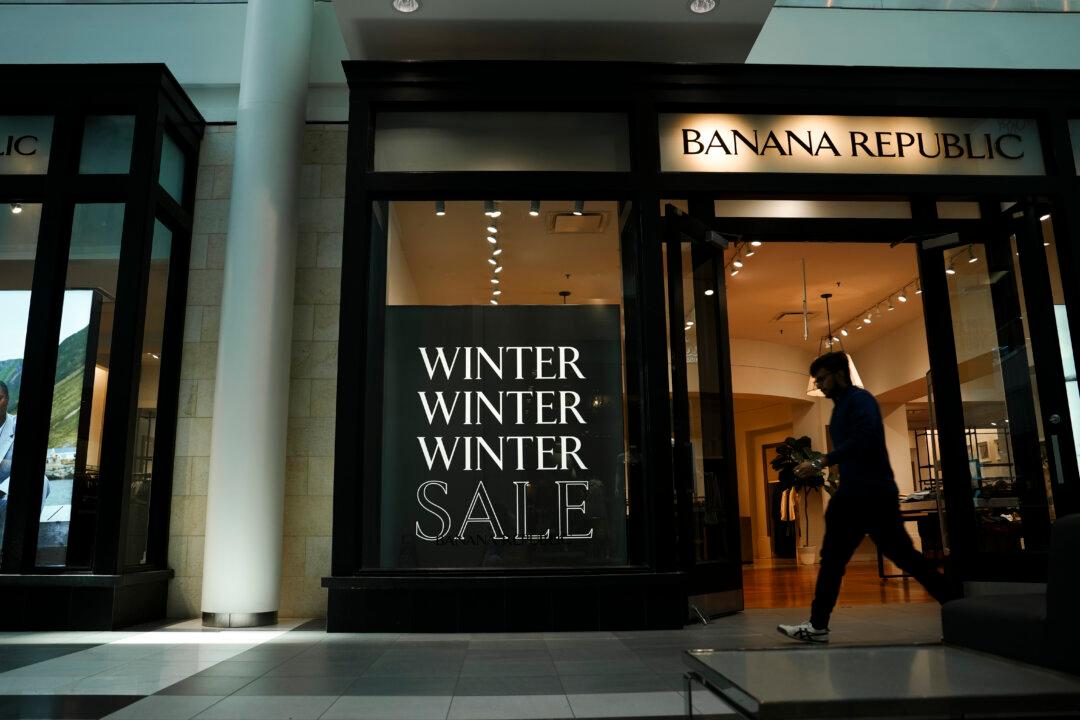The U.S. economy has stumped observers and defied recession calls. Despite the plethora of headwinds threatening the world’s largest economy, from soaring borrowing costs to inflationary pressures, the country has witnessed better-than-expected gross domestic product (GDP) readings and strong labor market conditions.
Experts have rationalized the hot data by alluding to resilient consumers.
Aside from the uptick in consumer confidence in the past few months, the public has been chiefly sour on the present economic landscape. However, the widespread pessimism and broader financial challenges haven’t stopped shoppers from spending at the nearby mall or visiting Amazon.
“Much like doom scrolling, we’re seeing people mindlessly shop to soothe concerns about the economy and foreign affairs, which could take a toll on their financial wellbeing,” said Courtney Alev, Credit Karma’s consumer financial advocate.
This behavior is reflected in the official government data.
Census Bureau figures showed the retail trade was impressive in 2023 as sales climbed for most of the year, including a six-month streak from April 2023 to September 2023.
Overall, individuals leaped over various hurdles, be it sky-high interest rates or rising costs. But while last year’s marketplace trends have supported the soft-landing narrative, experts warn that consumers are increasingly being tapped out and that the lagged effect of the Federal Reserve’s monetary policy tightening is appearing.
The rocketing levels of debt suggest that consumers are “heavily reliant on borrowing” and reveal “the role of credit in maintaining current living standards,” according to Taylor Kovar, CEO and founder of Kovar Wealth Management.
Spending More Like a Responsible Sailor
Are pockets of weak spending showing up in the latest statistics?Last month, retail sales tumbled by 0.8 percent, down from the 0.4 percent bump in December 2023 and worse than the consensus estimate of negative 0.1 percent. This represented the largest drop in retail trade since March 2023.
The industry, including Mastercard and Visa, blamed the frigid temperatures and heavy snowfall for the worse-than-expected numbers. But consumers could also be becoming more conscious about the wider developments, according to Ted Rossman, a senior industry analyst at Bankrate.

“It’s also possible that consumers are hunkering down after a holiday debt hangover,” Mr. Rossman said in a statement. “Americans ran up record-high credit card balances during the fourth quarter. And with record-high credit card rates adding insult to injury, it’s practical to spend less—even if that’s not great news for our consumer-driven economy. More people are carrying more debt at higher rates for longer periods of time.”
Heading into 2024, economists expect real consumer spending to begin to inch downward as pandemic-era savings are exhausted and debt servicing payments intensify. Although they still anticipate that consumers will keep spending, it will be at a slower pace than in the past couple of years.
“The strength of the U.S. economy reflects renewed fiscal easing, consumers’ willingness to continue drawing on excess savings, strong household balance sheet fundamentals and a tight labor market,” Olu Sonola, head of Fitch U.S. economic research, said in the report.
While the consumer credit market is far from collapsing, Mr. Kovar noted that many signals highlight that consumers’ appetites for borrowing are easing, from fewer mortgage applications to a general tightening of consumer credit usage.
Impacts on the Economy
How will this impact growth over the next year for a national economy that is dependent on two-thirds consumption?The effects of such a slowdown in consumer spending on the U.S. economic landscape remain unclear.
“Should consumers decide to borrow less, it could have a mixed impact on the U.S. economy,” Mr. Kovar said. “On one hand, reduced borrowing could lead to lower consumer spending, which might slow economic growth since consumer spending is a significant component of GDP.”
Historically, a decline in consumer spending doesn’t imply a low recession probability, according to Dallas Fed staff economists.
The primary contributor to a downturn is ostensibly a decline in real private fixed investment (business and residential investment) as this metric “fell in every recession and tended to be the key driver of GDP declines during recessions,” the regional central bank stated. This represented, on average, 93 percent of the 1.7-percentage-point GDP decrease in a recession.
A reduction in consumer spending and a diminished reliance on debt “could lead to more financially stable households in the long term” that could prevent a debt-fueled financial crisis, Mr. Kovar noted.
“A shift towards saving could also increase the pool of domestic capital available for investment, potentially supporting economic growth in other areas,” he said.
Whether this is the start of a slowdown in consumer spending or a blip in the long-term trend, the U.S. economy is still seen recording a vigorous expansion in the current quarter.
For many market observers, the key question over the next year will be: Will consumers continue to prop up the U.S. economy?







